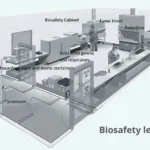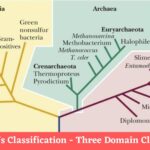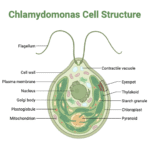Botany 9 Views 1 Answers
How many types of meristematic tissue?
How many types of meristematic tissue?
Answered
Meristematic tissue in plants is classified into several types based on its location and function. The main types of meristematic tissue are:
- Apical Meristem:
- Location: At the tips of roots and shoots.
- Function: Responsible for primary growth, which leads to an increase in the length of the plant.
- Lateral Meristem:
- Location: Along the sides of stems and roots.
- Function: Responsible for secondary growth, which increases the girth of the plant.
- Vascular Cambium: Produces new xylem and phloem tissues.
- Cork Cambium: Produces protective bark (cork) and contributes to the formation of the periderm.
- Intercalary Meristem:
- Location: Found at the base of internodes and leaf blades, primarily in monocots.
- Function: Facilitates the elongation of stems and leaves, allowing for rapid growth.
- Root Cap Meristem:
- Location: At the very tip of the root.
- Function: Protects the delicate growing tip of the root as it penetrates the soil and aids in root growth.
These types of meristematic tissues work together to ensure that plants can grow, develop, and adapt throughout their lifecycle.
Did this page help you?




